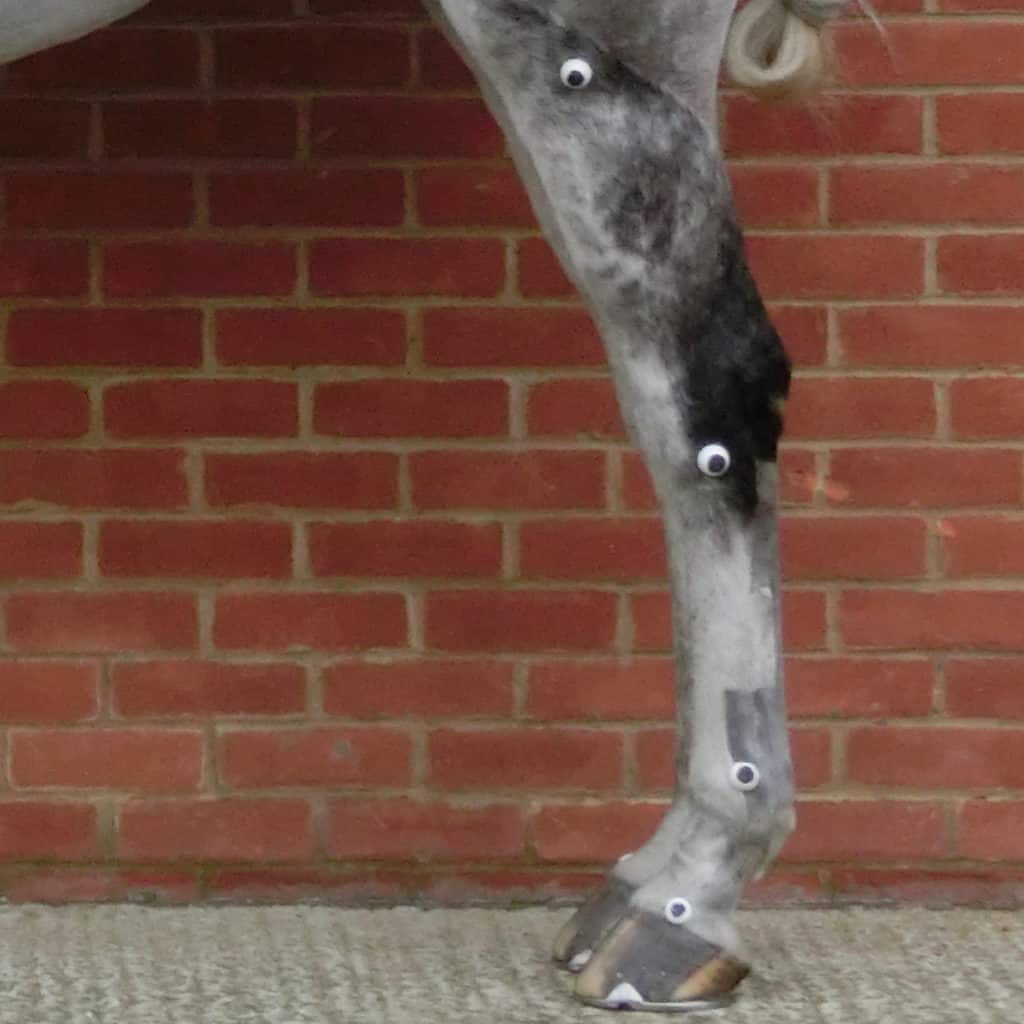
Bony Changes in the Equine Neck
Researchers found that many horses not diagnosed with neck pain had bony changes in the cervical spine.

Researchers found that many horses not diagnosed with neck pain had bony changes in the cervical spine.

Applying shock wave therapy immediately following PRP injection into injured soft-tissue structures might help increase the concentrations of growth factors released from the platelets, researchers found.

Manuka honey contains biologically active compounds that appear to help horse wounds heal, particularly hard-to-treat wounds on the lower limbs.

Find out how an owner’s careful management after an injury occurred likely prevented a fatal outcome for a Quarter Horse gelding.

Ultrasound is a useful screening tool for assessing some deep digital flexor tendon lesions, but it could cause veterinarians to underestimate navicular bursa and collateral sesamoidean ligament lesions.

For every degree of increase in hock angle, researchers found a 12% greater chance of a horse having proximal suspensory desmopathy (PSD).

A 15-minute tourniquet application was sufficient to achieve peak synovial amicacin concentrations in the coffin joint.

Cornell researchers found that factors secreted by mesenchymal stromal cells might help fight bacteria in skin wounds.

Fatal injuries in North American flat racing horses has decreased by 23%, but there’s still work to be done.

Learn about keeping OTTBs healthy and happy as they move into new disciplines. We’ll cover feeding, vet care, handling, and more!

Get tips and information on considerations for choosing and transitioning racehorses for second careers.

Footing is one of the most common factors cited when a horse performs poorly or suffers an injury.

Find videos on fear in horses, body condition scoring, hoof adaptability, sweet itch, and more.

Articles on laminitis, colic, hoof abscesses, licking and chewing, and wound care are among the most-read in 2017.

Lameness was the most common issue ride vets found, but 48% of affected horses had no further vet exams or treatment.

Laboratory results show the stem cells can differentiate into fat, bone, cartilage, and muscle tissue.
Stay on top of the most recent Horse Health news with
"*" indicates required fields